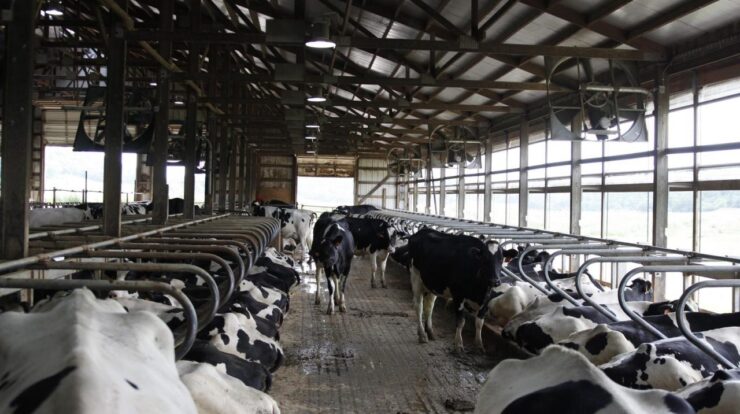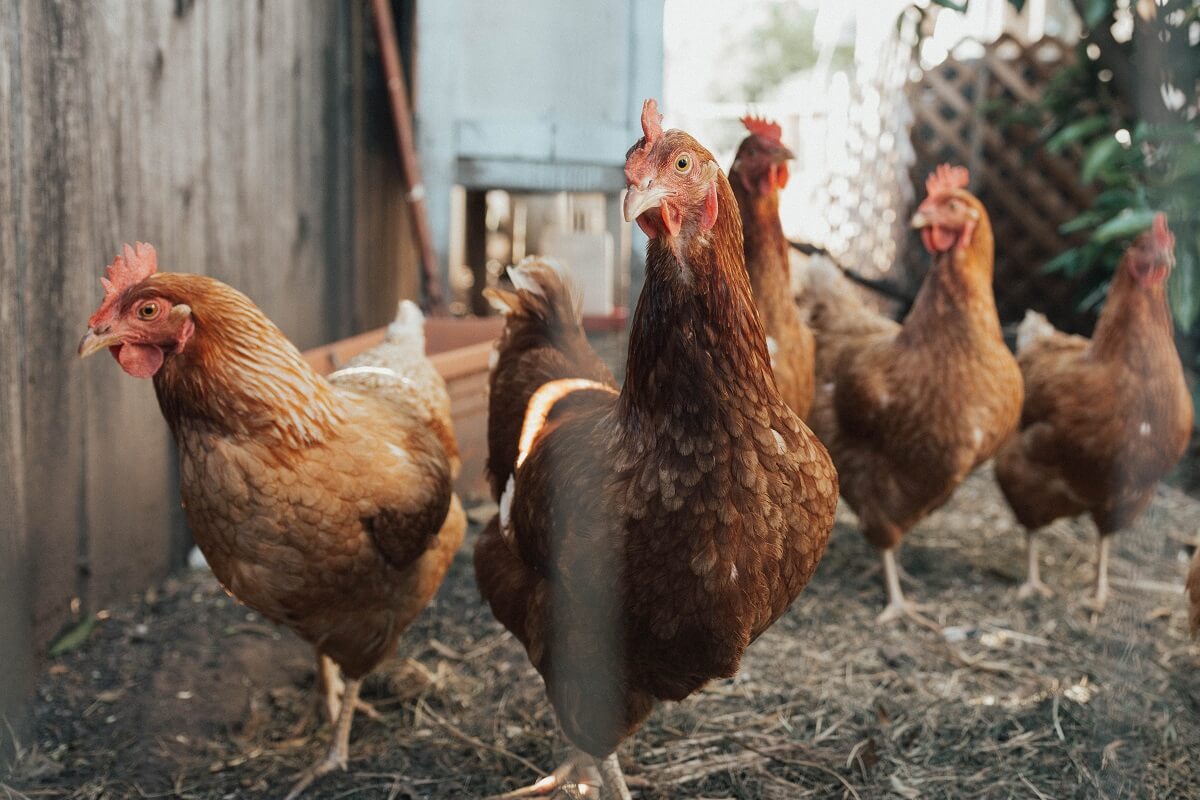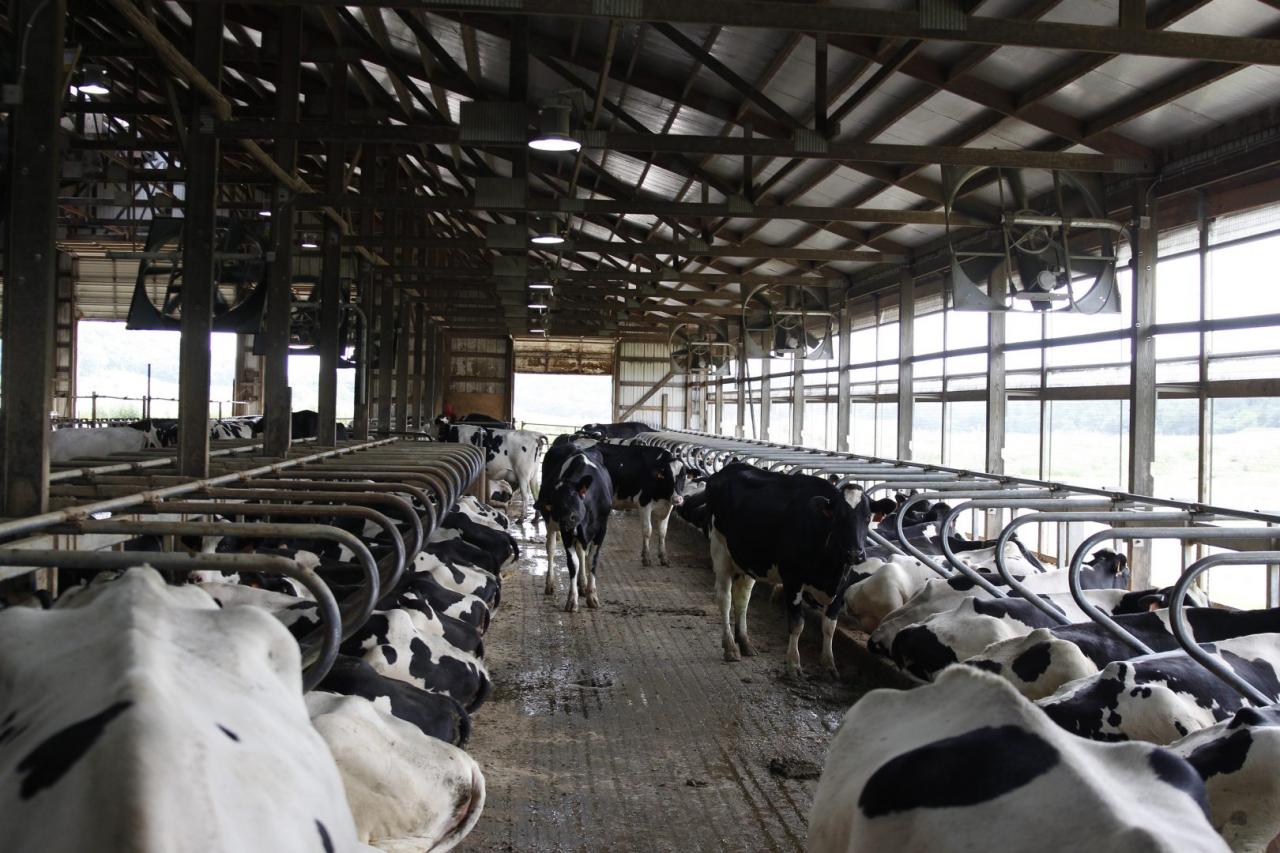
As H5N1 in milk becomes a growing concern, it is crucial to delve into the potential pathways of contamination, its impact on milk production, and strategies for detection and prevention. This comprehensive analysis unravels the complexities of H5N1 in milk, providing insights for risk assessment and management.
Poultry farming practices, milk handling, and inadequate biosecurity measures can contribute to H5N1 contamination in milk. Understanding these transmission pathways is essential for implementing effective control strategies.
Transmission Pathways of H5N1 in Milk

H5N1, a highly pathogenic avian influenza virus, can potentially contaminate milk through various pathways. Infected poultry or their products, such as eggs, can serve as sources of H5N1. When poultry are infected, the virus can be shed in their feces and respiratory secretions.
These secretions can contaminate the environment, including feed and water sources. Milk from dairy animals that consume contaminated feed or water can become infected with H5N1.
Additionally, infected poultry or their products can directly introduce H5N1 into milk production facilities. For instance, contaminated eggs used in the production of dairy products, such as ice cream or mayonnaise, can transmit the virus to the final product.
Impact of H5N1 on Milk Production and Quality
H5N1 infection in dairy animals can have severe consequences for milk production and quality. Infected animals may experience a decline in milk yield, as the virus affects their overall health and well-being. The virus can also alter the composition of milk, potentially reducing its nutritional value.
Changes in milk fat content, protein levels, and flavor have been observed in milk from infected animals.
Detection and Prevention of H5N1 in Milk
Detecting H5N1 contamination in milk is crucial for ensuring the safety of dairy products. Laboratory testing methods, such as real-time PCR (polymerase chain reaction), can be used to identify the presence of the virus in milk samples. Rapid diagnostic kits are also available for on-site testing, providing quick results.
Preventing H5N1 introduction into milk production systems is essential. Biosecurity measures, such as isolating poultry from potential sources of infection, implementing strict hygiene practices, and controlling access to the farm, can help reduce the risk of contamination. Vaccination programs for poultry can also play a significant role in preventing the spread of H5N1.
Risk Assessment and Management of H5N1 in Milk
Risk assessment is crucial for determining the likelihood and severity of H5N1 outbreaks in milk production. Factors such as the prevalence of the virus in poultry populations, the proximity of dairy farms to infected areas, and the effectiveness of biosecurity measures are considered in risk assessments.
Managing H5N1 risks involves implementing surveillance programs to monitor the presence of the virus in poultry and milk, establishing control measures to prevent its spread, and developing emergency response plans to mitigate the impact of outbreaks.
Closing Notes: H5n1 In Milk

By assessing the risks associated with H5N1 in milk, stakeholders can develop targeted interventions to minimize the likelihood and severity of outbreaks. Vigilant surveillance, robust control measures, and emergency response plans are key to safeguarding public health and ensuring the safety of milk production systems.






